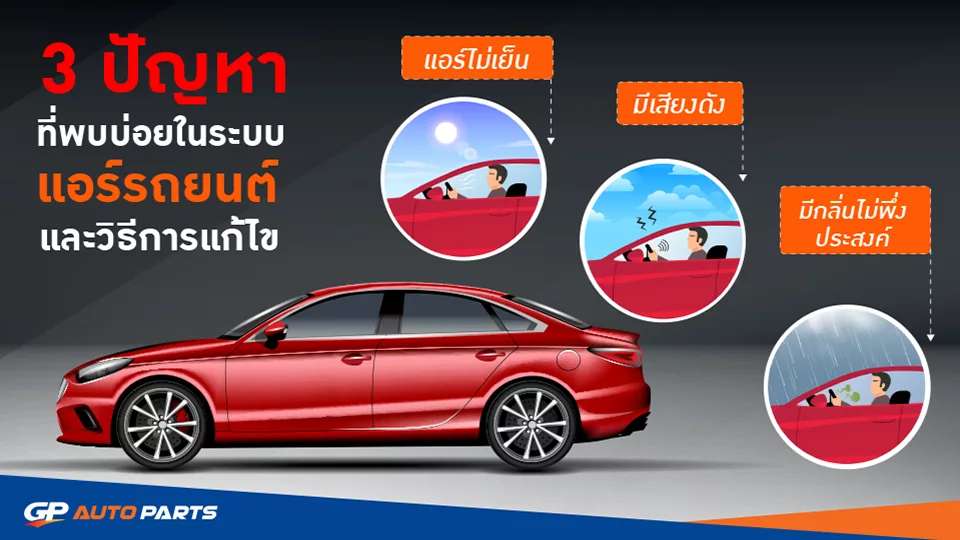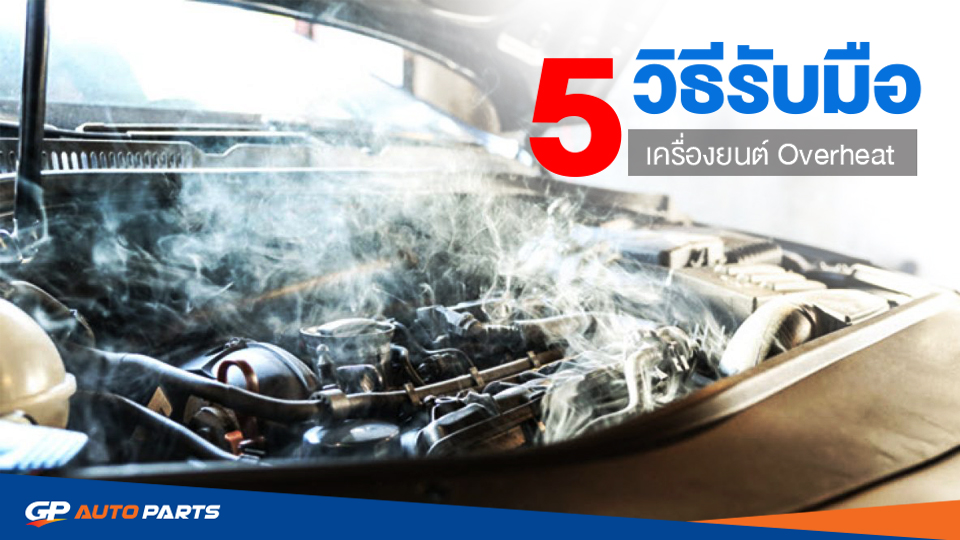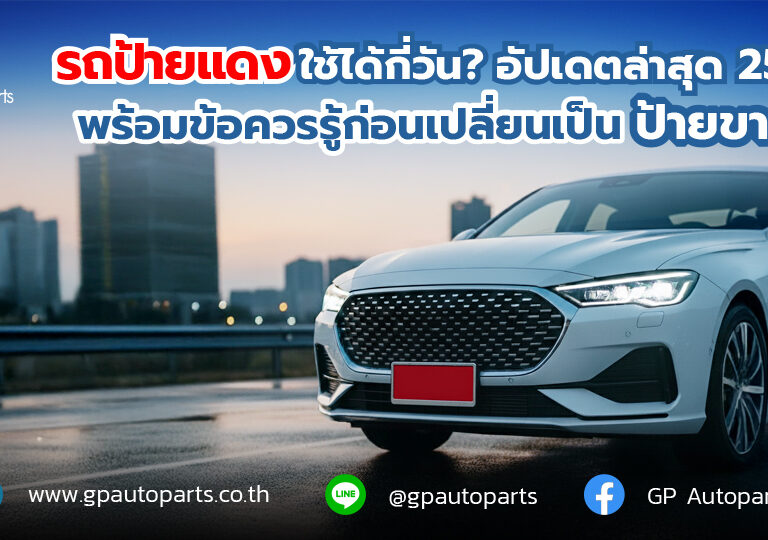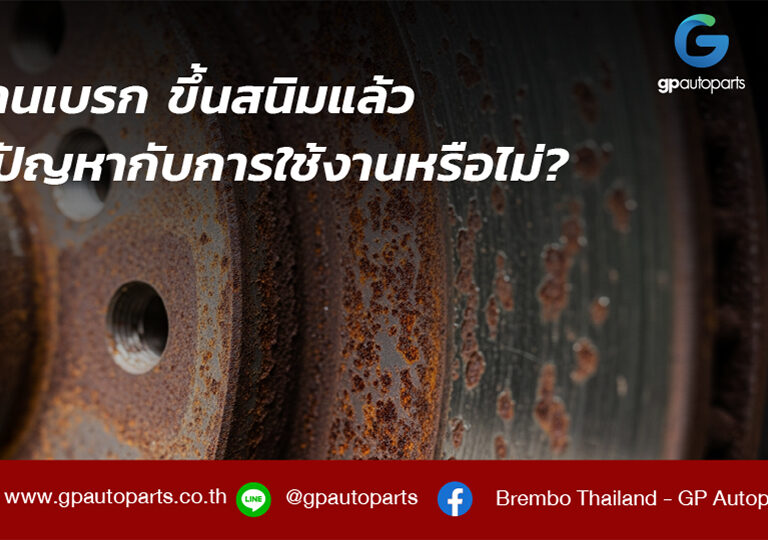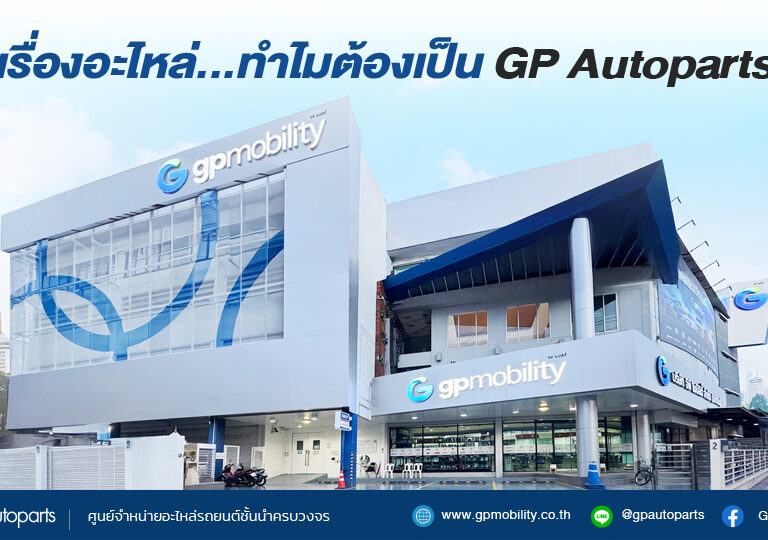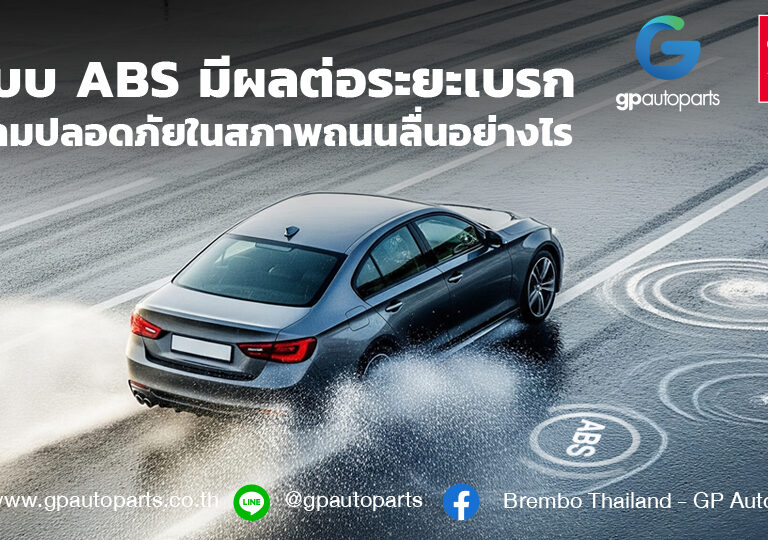
When to Replace Your Car’s Brake Pads ?
For every car, the brake system is essential and needs proper maintenance, just like any other part. It has the crucial job of slowing down or stopping the vehicle safely. One part that owners can check themselves is the brake pads, which wear out over time and use. Let’s first get acquainted with the car’s brake system. Currently, the most widely used types are disc brakes and drum brakes. Disc brakes are a brake system found in almost every car brand. Whether a car has disc brakes on only the front wheels or all four wheels depends on the manufacturer. Disc brakes consist of brake discs, calipers, and brake pads. In terms of how they work, every time we press the brake pedal, hydraulic fluid in the caliper pushes the brake pads against the brake discs, creating friction. This friction helps slow down the vehicle and stop it safely. Drum brakes on the other hand, are a closed brake system used in cars and other vehicles, primarily in the past but still found in some vehicles today. Drum brakes comprise curved brake shoes, a brake drum, springs, and a piston connected to the brake line. The way drum brakes work is that when we apply the brakes, the inner brake shoes are pushed against the inside surface of the brake drum, which is attached to the wheel. This creates friction, slowing down the vehicle and ultimately bringing it to a stop Signs of Worn Brake Pads As mentioned earlier, brake pads are wear-and-tear components that drivers can observe themselves. When you encounter the following symptoms, it indicates that your brake pads may be close to wearing out: Reduced braking power, meaning you need to press the brake pedal deeper than usual, and your car slows down or stops more slowly than before. Every time you park, you find yourself having to engage the parking brake higher than usual (in the case of rear-wheel brake pads). The parking brake light on your dashboard appears even when you haven’t engaged the parking brake. This can happen because the brake fluid in the reservoir is below the MIN mark due to thinner brake pads. You hear a scraping sound, like metal rubbing against metal, every time you apply the brakes. In each set of brake pads, there is a warning metal tab that rubs against the brake disc to indicate that the brake pads are wearing thin. When should you change your brake pads? While brake pad manufacturers typically state that brake pads have a lifespan of around 40,000 to 100,000 kilometers, this can be true in ideal conditions. However, several factors can affect how long your brake pads actually last. These factors include how often you drive, your driving style, whether you drive at high or low speeds, and the terrain you typically encounter, such as hilly or steep areas. This means that the lifespan of brake pads can vary from one vehicle to another. It’s essential to regularly monitor and inspect your brake pads, especially because disc brake pads tend to wear out faster than drum brake pads, which have a longer lifespan. Brembo brake pads are well-known for their high-quality performance. They consistently deliver excellent braking performance, handle heat exceptionally well, and provide reliable stopping power. Brembo offers a wide range of brake pads designed for everyday driving convenience as well as high-performance brake pads for competitive racing. Every Brembo product undergoes continuous development, incorporating feedback from customers and the rigors of global racing competitions to ensure ongoing product improvement. Why choose Brembo brake pads? Exceptional braking feel. Resistance to brake fade. Friendly to brake discs, preventing premature wear. Excellent usability and feel. Endurance in various weather conditions and temperatures up to 400°C. Suitable for high-speed driving. Proven in MotoGP and WorldSBK, with technology tested on the racetrack now available to users. Thanks to valuable information from www.car.kapook.com and Brembo Thailand. Drivers looking to change their brake pads should research the details and choose a service from a reputable garage or shop. If you need additional information about brake systems or Brembo products, feel free to contact G.P. Auto Parts. ___________________________________ Place an order/Become a distributor. ACDelco Thailand By G.P.Auto Parts INBOX : Line id : @gpautoparts or Link Contact : Service Monday to Saturday from 08:30 AM to 05:30 PM. 02-941-1222,090-626-8964

